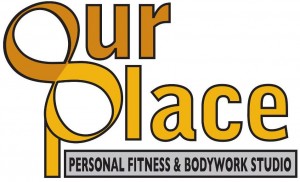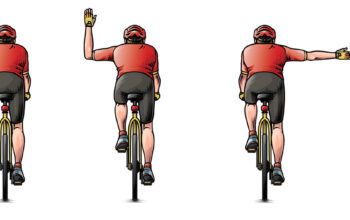From Liz Bragdon, Our Place Studio

As a Yoga & Movement Educator, the most common complaints I hear are related to neck and shoulder stiffness and pain. Granted, once we move past that, it often turns out there’s more – low back pain, fatigue, core weakness, etc., but when I ask a new client “What can we do to help you?”, very often the first response is “My neck and shoulders are tense and stiff – I’d like to loosen them up.”
Why is this such a common problem? If you think about what most people do every day (and don’t do enough of every day), the answer quickly becomes clear. We sit way too much, and we don’t move enough. Whether behind a desk in front of the computer, in the car or on the couch – we slouch, tense our body and our breath in response to daily stress, we hunch our shoulders, thrust our neck forward and round our spine over our work & electronic devices . A series of articles in the past few years have highlighted the detrimental effects of our sedentary lifestyle. As one title bluntly put it “Sitting is Killing Us.” To be healthy and strong, you’ve got to move.
“But, I go to the gym and workout for an hour 3 times every week,” you say. And my reply, “Well, what are you doing with the other 109 hours of your week (that’s what you have left after you average 8 hours/sleep per night)?” When you think about it that way, it kind of puts things in clearer perspective. You may not be able to add more gym time, but you can transform some of the other 109 hours into more & varied movement activity. In the video link for this article, I’m going to demonstrate some simple exercises you can do in the office or at home to release tense musculature and stress in the neck and shoulder girdle, creating greater mobility and supporting a healthier posture, which will also help increase energy and focus and improve your sense of well-being.
A few tips before going to the video to give these activities a try: 1) Be where you are. Do not force past resistance in the muscles and joints – approach the current boundaries to movement in your body gently and mindfully. Over time, you will see progress. For every individual, it’s different. 2) Breathe – conscious breathing increases mindfulness and supports the movements. Breathing not only keeps you alive (you know – that whole oxygen thing), it can help you defuse tension and stress in the body and the mind. 3) Although these are very simple and gentle exercises, if you have any questions or concerns about trying them out, please consult your physician.
Liz Bragdon is a Yoga and Movement Educator at Our Place Studio
opcovington.com



